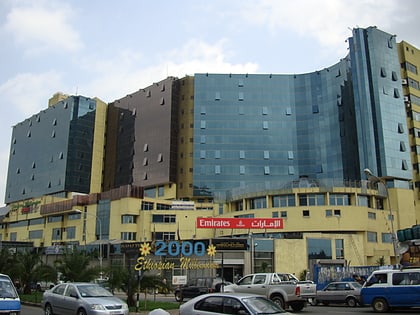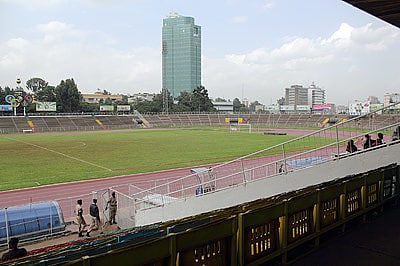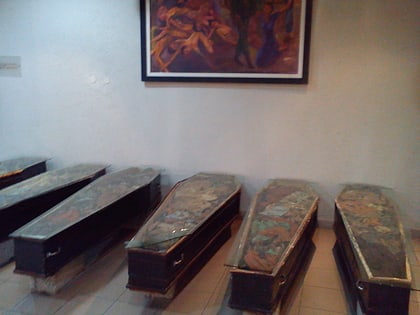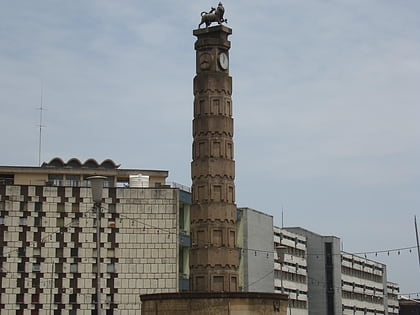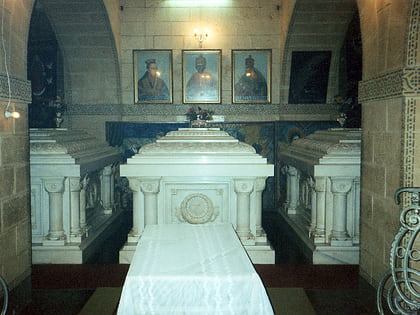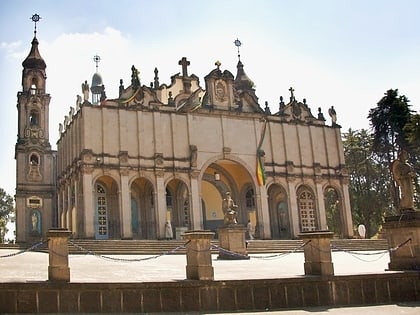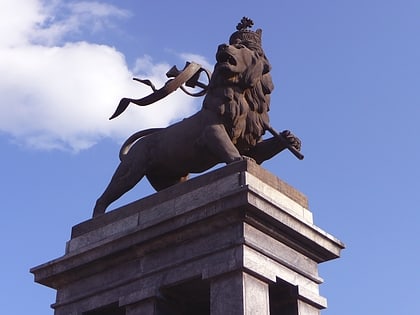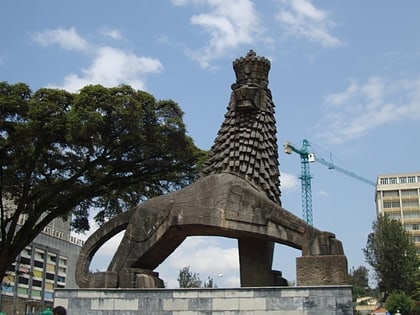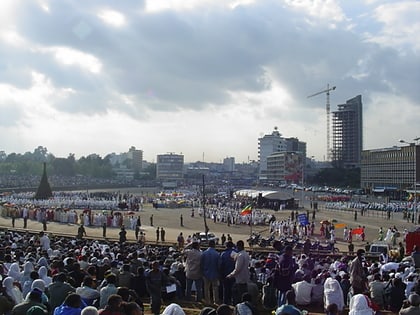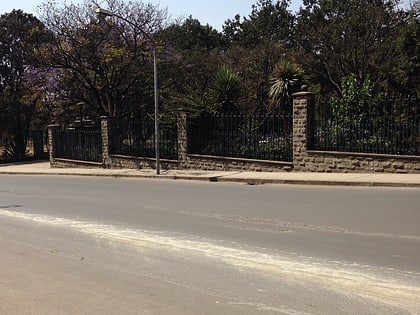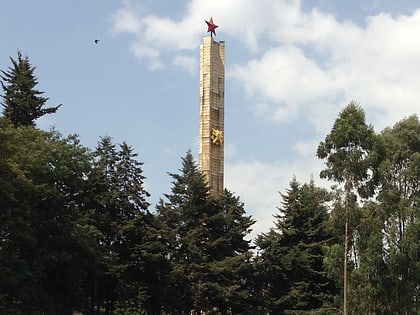National Palace, Addis Ababa
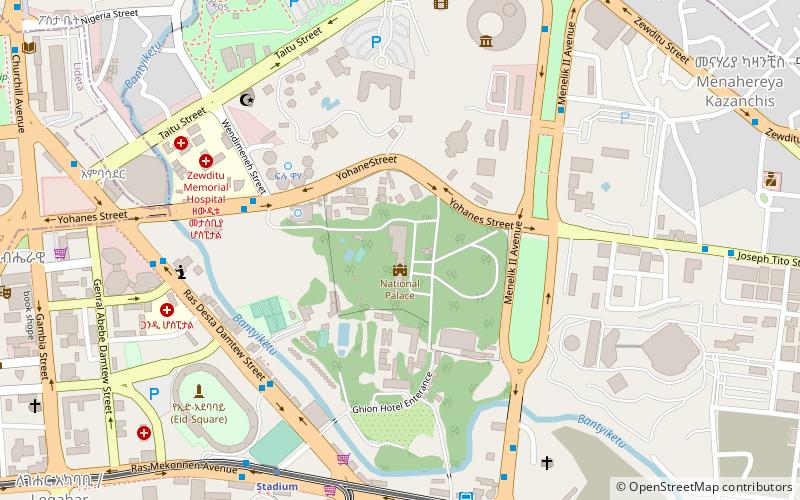
Facts and practical information
The National Palace of Addis Ababa, also known as the Jubilee Palace, is a commanding structure that serves as a symbol of national pride and history in the heart of Ethiopia's capital. This grandiose building, with its castle-like features, stands as a testament to the country's rich heritage and its journey through modernization.
Constructed during the reign of Emperor Haile Selassie in 1955 to mark his Silver Jubilee, the National Palace is an exquisite example of Ethiopian architecture blended with modernist elements. It has since been the residence of successive Ethiopian leaders and is currently the official seat of the President of Ethiopia.
The palace complex boasts lush gardens, ornate fountains, and a facade decorated with intricate details that mirror the nation's artistic traditions. While primarily functioning as a presidential residence, it also plays host to important national ceremonies and international diplomatic events, reflecting Ethiopia's status on the world stage.
Access to the National Palace is restricted, as it is a functioning government site, but the exterior can be appreciated from the well-maintained gardens that are open to the public. Visitors are often struck by the contrast between the palace's serene surroundings and the bustling cityscape of Addis Ababa.
Yohanis StreetAddis Ababa
National Palace – popular in the area (distance from the attraction)
Nearby attractions include: Dembel City Center, Addis Ababa Stadium, "Red Terror" Martyrs' Memorial Museum, Meyazia 27 Square.
Frequently Asked Questions (FAQ)
Which popular attractions are close to National Palace?
How to get to National Palace by public transport?
Bus
- Filweha • Lines: Ab032, Ab061 (6 min walk)
- Hilton Hotel • Lines: A01, Ab110 (8 min walk)
Light rail
- Stadium • Lines: E-W, S-N (10 min walk)
- St. Estifanos • Lines: E-W (12 min walk)
